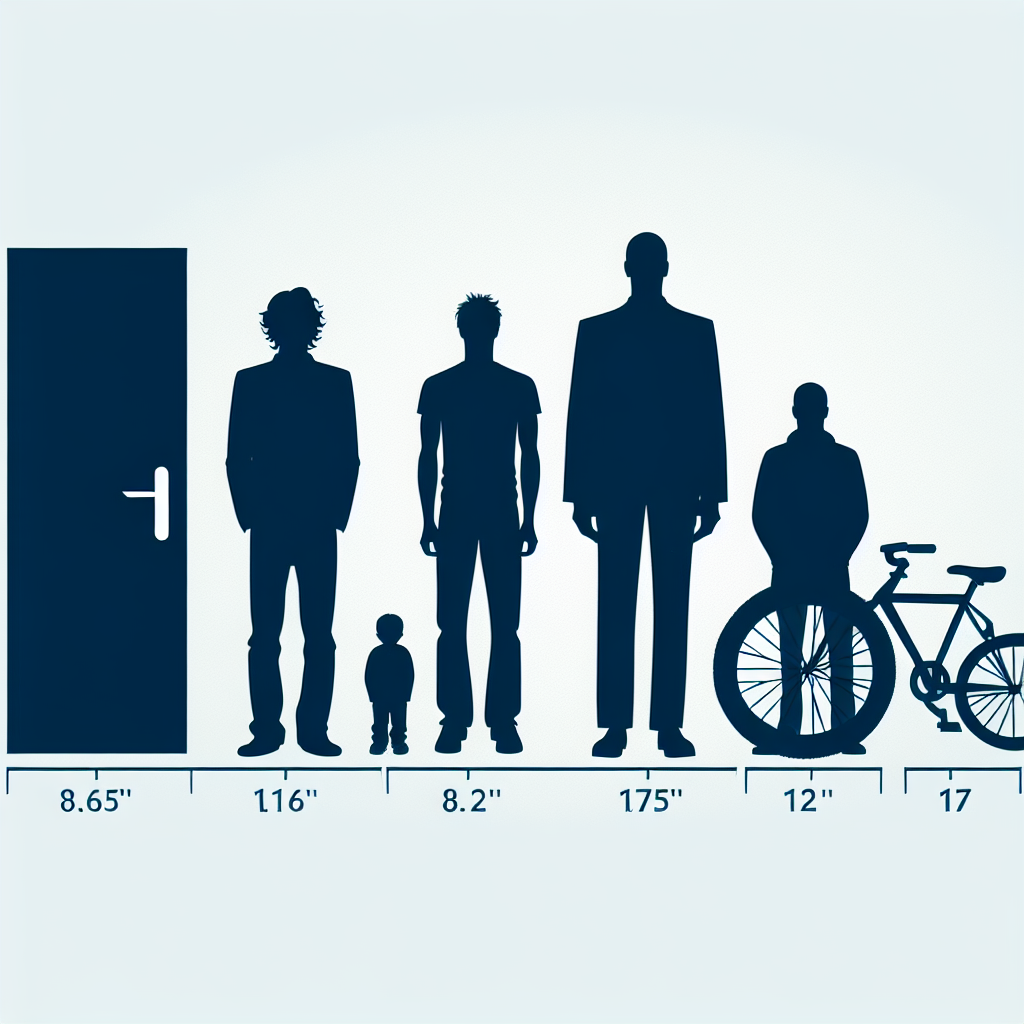Exploring the Future of Drone for Human Transport: Answers to Your Most Pressing Questions
As the drone industry continues to evolve, drone technology for human transport is quickly becoming one of the most exciting advancements. This article addresses critical questions surrounding the use of drones for human transport, their feasibility, safety, and potential impact on urban mobility.

Exploring the Future of Drone for Human Transport
The evolution of drone technology has captured the imagination of many, especially when it comes to transporting humans. As we delve into the potential of drones for human transport, several key concerns and queries arise. In this article, we'll address some of the most pressing questions about this innovative concept.
1. What Are Drones for Human Transport?
Drones for human transport, often referred to as passenger drones or air taxis, are unmanned aerial vehicles (UAVs) designed to carry people rather than cargo. These drones utilize advanced technology to ensure a safe, efficient, and fast means of transportation over short to medium distances. Typically equipped with multiple rotors and autonomous navigation systems, these drones are engineered for urban air mobility (UAM).
2. What are the Leading Companies in Drone Human Transport?
Several companies are at the forefront of developing drones for human transport:
- Joby Aviation: Known for their electric vertical take-off and landing (eVTOL) aircraft, Joby has made significant strides in conducting flight tests and obtaining necessary regulatory approval.
- Volocopter: This German startup is pioneering air taxi services with its electric multicopter, focusing on urban environments.
- Boeing: Boeing's subsidiary, Aurora Flight Sciences, is actively developing autonomous aerial vehicles aimed at passenger transport.
- Uber Elevate: Although Uber has scaled back on its aerial taxi ambitions recently, its initial investments in R&D have shaped the narrative around drone transport.
3. How Safe Are Drones for Human Transport?
Safety is paramount when it comes to transporting humans. Drone manufacturers are rigorously testing their vehicles to meet aviation safety regulations. Features such as:
- Redundant systems for flight control and power management.
- Automated emergency landing protocols.
- Advanced collision avoidance technology.
These safety measures are designed to minimize risks and enhance passenger safety. Regulatory bodies, including the Federal Aviation Administration (FAA) in the U.S., are also developing guidelines specific to UAV aviation to further ensure safe operations.
4. What Regulations Govern Drones for Human Transport?
The regulatory landscape for drones designed for human transport is still developing. Various countries are creating frameworks to cater to this nascent industry. In the United States, the FAA is primarily responsible for the regulation of aviation activities, including:
- Establishing certification processes for eVTOL aircraft.
- Developing air traffic management systems that accommodate drone flights in urban airspaces.
- Creating operational standards that ensure safety and efficiency.
International bodies like the International Civil Aviation Organization (ICAO) are also beginning to take notice and create global standards.
5. What Are the Main Benefits of Using Drones for Human Transport?
Drone transport presents numerous advantages, including:
- Reduced Traffic Congestion: Drones can alleviate road traffic, especially in densely populated cities.
- Time Efficiency: Aerial transport can significantly reduce travel time for urban commuters.
- Environmental Sustainability: Most passenger drones are electric, reducing the carbon footprint associated with traditional transportation modes.
6. Are Drones for Human Transport Ready for Commercial Use?
While significant advancements have been made, drones for human transport are not yet widely commercialized. Several prototypes have undergone testing, and some limited trials have commenced in select cities. Full commercial operations will depend on regulatory approval, technology advancements, and infrastructure development.
7. What Challenges Must Be Overcome for Widespread Adoption?
Despite the potential of drones for human transport, several challenges remain:
- Public Acceptance: Gaining the trust of potential users is crucial, especially considering safety fears and privacy concerns.
- Infrastructure Development: Creating necessary take-off and landing zones in urban areas is a logistical challenge.
- Noise Pollution: Designing quieter drone models will be essential to address community concerns.
8. What Does the Future Hold for Drones in Human Transport?
As technology progresses and regulations evolve, the future of drones for human transport looks promising. Innovations in battery life, AI navigation systems, and infrastructure integration are likely to pave the way for operational drone taxis in various cities worldwide. Furthermore, partnerships between technology firms, urban planners, and governments will be crucial in shaping an efficient and safe drone transport ecosystem.
Conclusion
The concept of a drone for human transport is rapidly transitioning from science fiction to reality. While challenges still exist, ongoing advancements and collaborations are creating a robust framework for the future of urban mobility. As companies and cities invest in this technology, it will undoubtedly transform how we think about transportation.
New posts

Everything You Need to Know About Battery as a Service (BaaS)
Sustainability

Exploring NIO Sports Cars: Performance, Technology, and Future Prospects
Automotive

Trends in Mobility: A Forward-Looking Approach to Transportation Innovation
Innovation







Popular posts

Smart Device Integration in Cars: Revolutionizing the Driving Experience
Innovation

Exploring the Future of E Automobiles: Questions Answered
Sustainability

Unlocking the Future: The Role of Sensors in Vehicles
Automotive Technology

Exploring the Electric Coupe: A New Era of Performance and Style
Sustainability

How Much is the AVTR Car? A Comprehensive Cost Analysis
Mercedes-Benz

Understanding NIO AD: Revolutionizing Autonomous Driving
Automotive

Revolutionizing Mobility: The Latest Breakthroughs in New Electric Car Battery Technology
Sustainability

Harnessing Solar Power: The Revolutionary Impact of Solar Roofs on Cars
Sustainability

The Future of E-Fuel Gasoline: Revolutionizing Transportation
Sustainability

Exploring Intelligent Driving: Key Questions and Insights
Transportation Innovation